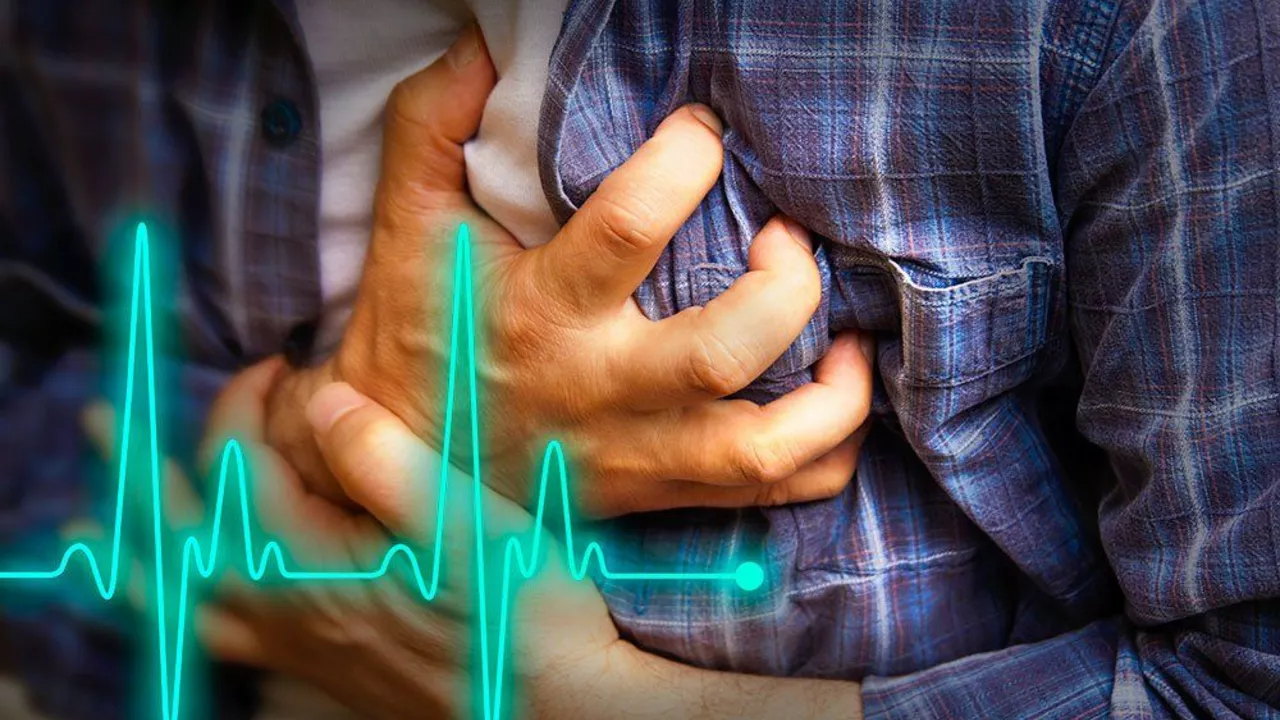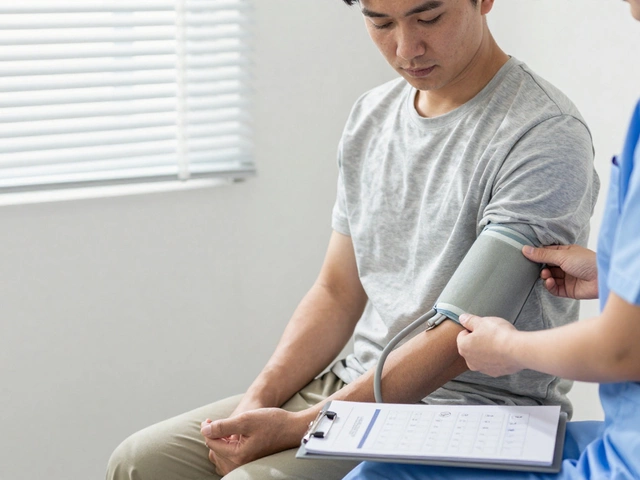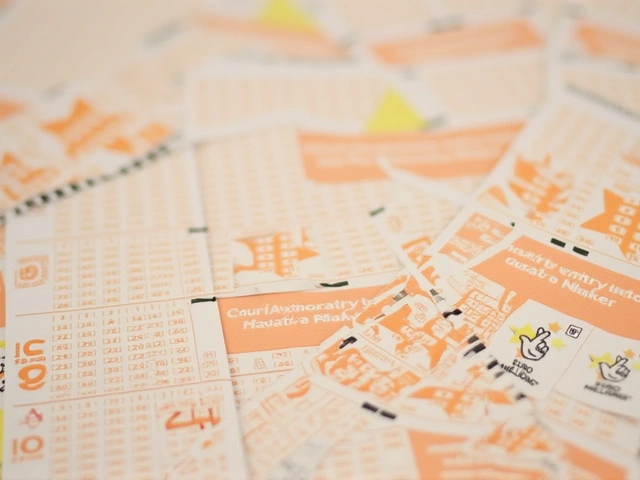Sudden Cardiac Arrest – Understanding the Threat and How to Act
When you hear sudden cardiac arrest, an abrupt loss of heart rhythm that stops blood flow to the brain and body. Also called SCA, it can strike anyone, even healthy teens on the playing field. The event requires immediate action because every minute without a heartbeat reduces survival chances by about 10 %. CPR, chest compressions and rescue breaths that keep blood moving until normal rhythm returns is the first line of defense, while an AED, an automated external defibrillator that delivers a controlled shock to restore heart rhythm can finish the job quickly. Underlying heart disease, conditions like hypertrophic cardiomyopathy or coronary artery disease that weaken the heart is a major risk factor, especially in young athletes who push their bodies hard. Understanding these connections – sudden cardiac arrest demands CPR, AEDs enable rapid defibrillation, and heart disease raises the likelihood – is key to keeping schools and sports clubs safe.
Why Awareness Matters for Students, Coaches, and Parents
Knowing the signs of sudden cardiac arrest, such as sudden collapse, loss of consciousness, or no pulse, lets you act before seconds turn into minutes. Training in CPR isn’t just for medical staff; many schools now require teachers and coaches to be certified, because a bystander’s quick compressions can double survival odds. Likewise, having an AED on site and knowing how to use it turns a life‑threatening moment into a manageable emergency. Studies from UK schools show that when both CPR and AED are available, survival rates jump from under 5 % to nearly 30 %. Risk assessment also plays a role – routine heart screenings can spot hidden conditions that might cause sudden cardiac arrest during exercise. By linking prevention (screenings), preparedness (CPR/AED training), and rapid response, schools create a safety net that protects students while they play.
Below you’ll find a range of articles that dive deeper into each piece of the puzzle. From real‑world stories of athletes who survived thanks to swift action, to step‑by‑step guides on performing CPR, to tips on choosing the right AED for a school gym, the collection gives you practical insight and ready‑to‑use advice. Whether you’re a teacher planning a safety drill, a parent worried about your child’s sports‑team health, or a coach looking to upgrade emergency equipment, the posts below cover the breadth of information you need to act confidently when sudden cardiac arrest threatens.





